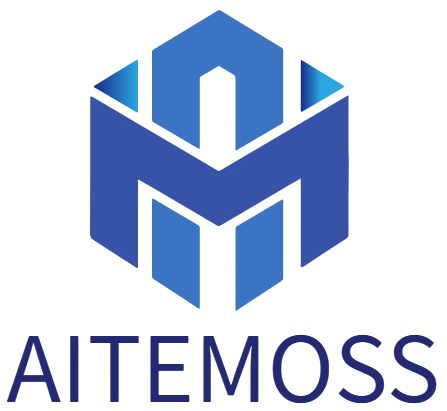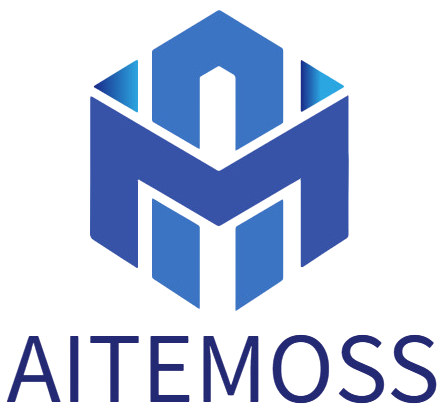Ang proseso ng pag-init at paghubog ng metal sa mga custom na bahagi.
Kailangang piliin ng mga manggagawa ang uri ng metal na kanilang gagamitin para sa paggawa ng isang partikular na bahagi. Ang bakal, aluminyo, tanso at titanium ay kabilang sa mga pinakakaraniwang metal na ginagamit para sa forging. Ang mga metal na nabanggit sa itaas ay may iba't ibang katangian na ginagawang mabuti para sa iba't ibang bahagi ng makina. Ang isang simpleng halimbawa ay ang bakal ay may napakataas na lakas, kaya ang mga bahagi lamang na hindi masyadong mabigat ang maaaring gawin sa materyal; habang kung ang isang bahagi ay hindi nangangailangan ng mas maraming timbang dito, tulad ng isang aluminyo sheet na gumagana nang maayos para sa isang bagay dahil pagkatapos ay walang anumang masira sa pamamagitan ng mga puwersa ng paglaban.
Mula doon, ang mainit na metal ay dumadaloy sa isang mamatay o amag. Depende sa kung gaano kakomplikado ang hugis, magagawa natin ito bilang isang piraso o tulad ng pamutol na ito -- dalawang piraso. Ang amag ay sarado nang labis sa metal, at dahil sa stress na ito kapag nagpupulong sila ay nagpatibay ng pinindot na pigura. Kapag lumamig ang mainit na metal na ito, ang nagreresultang produkto ay nasa isang matigas at matibay na anyo na maaaring maging kapaki-pakinabang sa mga makina.

 EN
EN
 AR
AR
 BG
BG
 HR
HR
 CS
CS
 DA
DA
 NL
NL
 FI
FI
 FR
FR
 DE
DE
 EL
EL
 HI
HI
 IT
IT
 JA
JA
 KO
KO
 HINDI
HINDI
 PL
PL
 PT
PT
 RO
RO
 RU
RU
 ES
ES
 CA
CA
 TL
TL
 ID
ID
 LT
LT
 UK
UK
 VI
VI
 SQ
SQ
 HU
HU
 MT
MT
 TH
TH
 TR
TR
 MS
MS
 GA
GA
 CY
CY
 IS
IS
 BN
BN
 MN
MN
 MY
MY
 UZ
UZ
